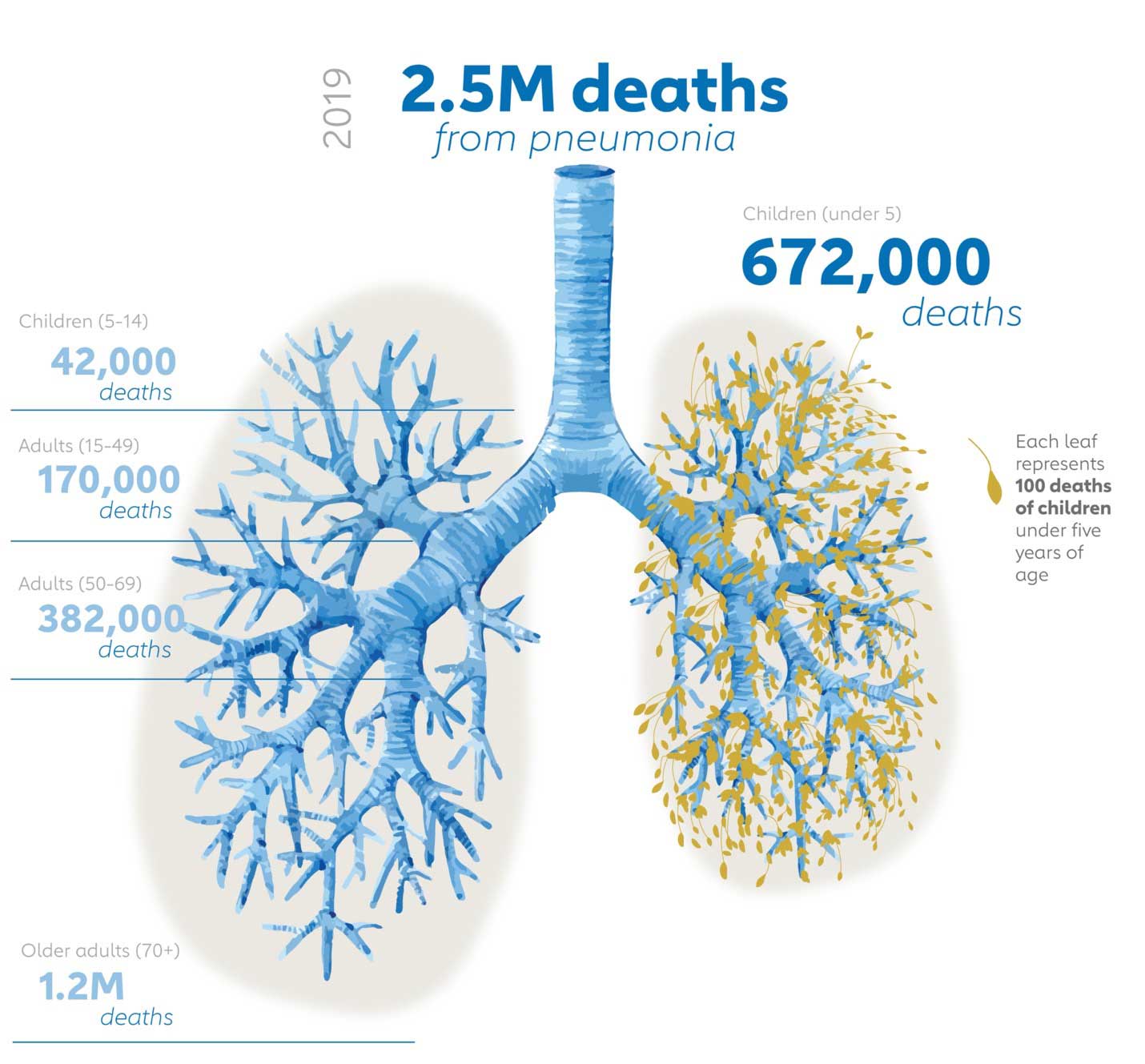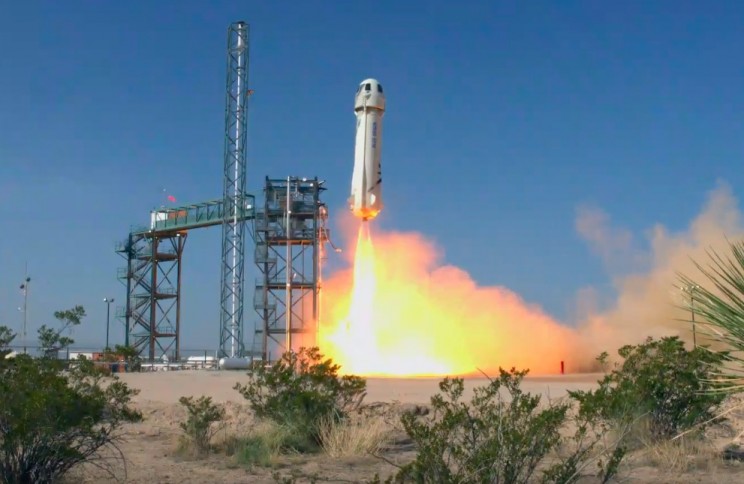Is A New Cold War Inevitable? Examining The Deterioration Of U.S.-China Relations

Table of Contents
Economic Competition and Trade Wars
The economic rivalry between the U.S. and China has been a major source of friction. The trade war initiated by the Trump administration, marked by escalating tariffs on billions of dollars worth of goods, significantly exacerbated existing tensions. Accusations of intellectual property theft, forced technology transfers, and unfair trade practices fueled the conflict. The competition in cutting-edge technologies, particularly 5G, further intensified this economic battleground.
- Impact on global supply chains: The trade war disrupted global supply chains, leading to increased costs for businesses and consumers worldwide.
- Rise of protectionist policies: Both countries have implemented protectionist measures, hindering free trade and potentially slowing global economic growth.
- The role of the World Trade Organization (WTO): The WTO's effectiveness in resolving trade disputes between the U.S. and China has been challenged, highlighting the need for reformed international trade governance.
- China's Belt and Road Initiative (BRI) and its geopolitical implications: The BRI, a massive infrastructure project spanning across continents, is seen by some as a tool for expanding China's economic and geopolitical influence, further fueling U.S. concerns.
Geopolitical Rivalry and Military Buildup
Beyond economic competition, geopolitical rivalry is a significant driver of the strained U.S.-China relationship. Disputes in the South China Sea, where China's assertive claims to islands and maritime territories have clashed with those of its neighbors and the U.S., represent a key flashpoint. China's rapid military modernization, including its advancements in naval capabilities, cyber warfare, and space technology, has shifted the balance of power in the Asia-Pacific region, prompting concerns in Washington and its allies.
- Taiwan's status and the potential for conflict: The issue of Taiwan, claimed by China as a breakaway province, remains a major source of tension, with the potential for military conflict.
- China's growing influence in Africa and Latin America: China's expanding economic and diplomatic presence in these regions is perceived by some as a challenge to U.S. influence.
- Cyber warfare and information operations: Both countries are engaged in sophisticated cyber warfare and information operations, further escalating tensions and undermining trust.
- The role of military alliances (NATO, QUAD): The strengthening of alliances like NATO and the Quadrilateral Security Dialogue (QUAD), which includes the U.S., Japan, Australia, and India, is viewed by China as a containment strategy.
Ideological Differences and Human Rights
Fundamental ideological differences between the U.S. and China further complicate the relationship. The contrast between the U.S.'s emphasis on democracy, human rights, and individual liberties and China's authoritarian one-party system creates a deep chasm. Human rights concerns in China, including those related to Xinjiang, Tibet, and Hong Kong, have become significant points of contention, leading to sanctions and diplomatic clashes.
- The role of human rights sanctions: The U.S. and other countries have imposed sanctions on Chinese officials and entities over human rights abuses, further straining relations.
- Freedom of speech and press in both countries: The contrasting approaches to freedom of speech and press in both countries contribute to mutual distrust and misunderstanding.
- Impact on international organizations and alliances: These ideological differences affect the two countries’ cooperation within international organizations and their participation in multilateral alliances.
- Public opinion and media narratives in both countries: Negative media portrayals and public opinions in both countries exacerbate tensions and make cooperation more challenging.
The Potential for Détente and Cooperation
Despite the significant challenges, opportunities for cooperation between the U.S. and China remain. Addressing global challenges like climate change and pandemics requires collaboration. Finding common ground on these issues could potentially ease broader tensions and build trust. Diplomatic efforts, dialogue, and arms control agreements are crucial for de-escalation.
- Opportunities for collaboration on shared challenges: Areas such as climate change, global health, and nuclear non-proliferation offer potential for cooperation.
- The role of diplomacy and dialogue: Open communication channels and diplomatic efforts are essential to prevent miscalculations and manage disagreements.
- Potential for arms control agreements: Agreements limiting military buildups and preventing arms races could reduce the risk of conflict.
- Importance of communication and understanding: Bridging the communication gap and fostering mutual understanding are crucial for improving relations.
Conclusion
The deterioration of U.S.-China relations is a complex issue driven by a confluence of economic competition, geopolitical rivalry, and deep ideological differences. While the risk of a new Cold War is substantial, it's not inevitable. The potential for conflict is very real, but so is the potential for cooperation. The future of U.S.-China relations hinges on the willingness of both sides to engage in constructive dialogue, address shared challenges, and manage their differences peacefully. Staying informed about the evolving dynamics of U.S.-China relations is crucial. Understanding the complexities of this relationship is essential to mitigating the risk of conflict and promoting peaceful resolutions. We must actively advocate for diplomatic solutions and continued, in-depth analysis of U.S.-China relations to navigate this critical period.

Featured Posts
-
 Pope Francis Dies At 88 Pneumonia Confirmed As Cause Of Death
Apr 22, 2025
Pope Francis Dies At 88 Pneumonia Confirmed As Cause Of Death
Apr 22, 2025 -
 Choosing The Next Pope The History And Practices Of Papal Conclaves
Apr 22, 2025
Choosing The Next Pope The History And Practices Of Papal Conclaves
Apr 22, 2025 -
 Overcoming The Hurdles Automating Nike Sneaker Production
Apr 22, 2025
Overcoming The Hurdles Automating Nike Sneaker Production
Apr 22, 2025 -
 Google And Doj Return To Court Battle Over Search Monopoly Heats Up
Apr 22, 2025
Google And Doj Return To Court Battle Over Search Monopoly Heats Up
Apr 22, 2025 -
 Blue Origin Rocket Launch Cancelled Subsystem Malfunction
Apr 22, 2025
Blue Origin Rocket Launch Cancelled Subsystem Malfunction
Apr 22, 2025
